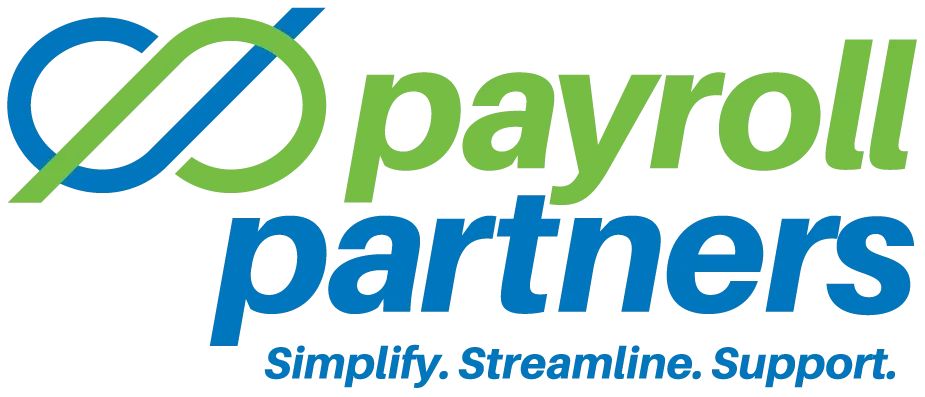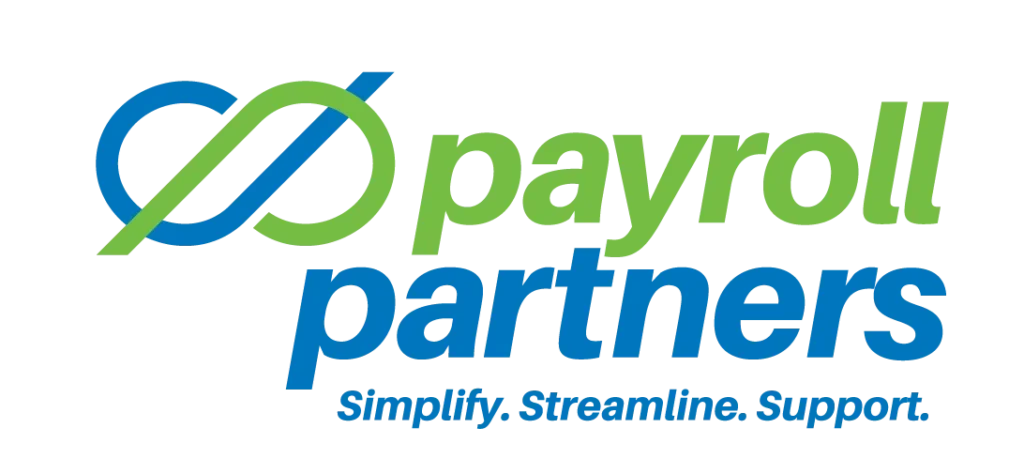There’s a connection between involving your employees in their own achievement, and the achievement and success of your business or organization. And one important strategy to increase your employees’ involvement in their own achievement is to switch from a traditional employee evaluation to an employee achievement plan.
The traditional employee appraisal , the type most supervisors and employees despise, is like a school report card. The boss is like the grade school teacher. He or she looks back over the year and scores the employee on a half-dozen or a dozen characteristics. Then, the completed “report card” is handed to the employee and the boss focuses conversation on the areas in the employee’s performance where the employee scored low.
Or else, typically, the boss fears handing out tough grades and is uncomfortable with upsetting employees. So the boss gives all the employees fairly high scores or ratings in all the categories. The employees feel relieved but also dismayed. Because employees know the under-performing employees who are getting the “free passes.” So morale and performance suffer.
There’s a better way. Drop the old-style employee appraisal. In its place install an employee achievement plan system. In an achievement plan system, supervisors don’t do something to employees. Instead, each employee — with assistance and input from the supervisor — drafts a personal performance achievement plan. This is a plan that the employee will implement in the coming year.
The supervisor’s role is not to evaluate the past behavior of the employee. Rather, the supervisor’s role is to act as a coach to ensure that the plans are in sync with the organization’s goals, challenge the employee’s skills and talents, and are realistic, actually capable of achievement.
Performance Achievement Plans, in place of traditional employee evaluations, work best when they are an integral part of an employee achievement workplace culture. Elements of this type of achievement culture include:
- Focus from the start of an individual’s employment on an orientation program that introduces the new employee to the organization’s vision and values, including the role the new employee will have in developing their own personal achievement plan.
- Focus on leadership development. Supervisors receive training in supervision and coaching skills.
- Focus on rewards. This includes a commitment to the critical role recognition and rewards play in motivating employee achievement.
- Focus on careers. Supervisors work closely with employees to align an employee’s career goals with the organization’s goals. This includes identifying job requirements, uncovering career options, conducting internal job searches, and developing succession plans.
Performance Achievement Plan Elements
A performance achievement plan includes:
1. Organization goals. The specific organization goal or goals that the employee’s efforts will contribute to during the coming year.
2. Employee’s personal goals. An explanation of how the employee’s personal goals mesh with those of the organization. It’s a way to make sure the employee understands his or her role in the organization.
3. Major job responsibilities. The key duties and functions that make up the employee’s job.
4. Unproductive job activities. The unnecessary job tasks the employee has been doing that can be dropped to allow the employee to focus more time and effort on productive job duties.
5. Personal action plans. A list of actions the employee will take to improve customer service, communications, and/or quality. The employee uses this section of the plan to commit to “stretch goals,” goals that will require the employee to improve their talents and abilities and to achieve even more than they have in the past.
6. Development plan. This is a plan for the employee’s long-term growth with the organization.
7. The supervisor’s role. A list of actions the supervisor will take to support and coach the employee in achieving the personal and development goals.
8. The employer’s role. A list of ways in which the employer and the organization itself will support the employee in achieving the personal and development goals.
Payroll Partners is committed to helping clients stay informed about payroll and human resource news. This article is intended to provide readers with general information on human resources matters. The article does not constitute, and should not be treated as professional advice regarding the use of any particular practice. All efforts have been made to assure the accuracy of the information. Payroll Partners does not assume responsibility for any individual’s reliance upon the information provided in the article. Readers should independently verify all information before applying it to a particular fact situation, and should independently determine the impact of any particular practice. If you are seeking human resources advice, you are encouraged to consult a human resources professional.

